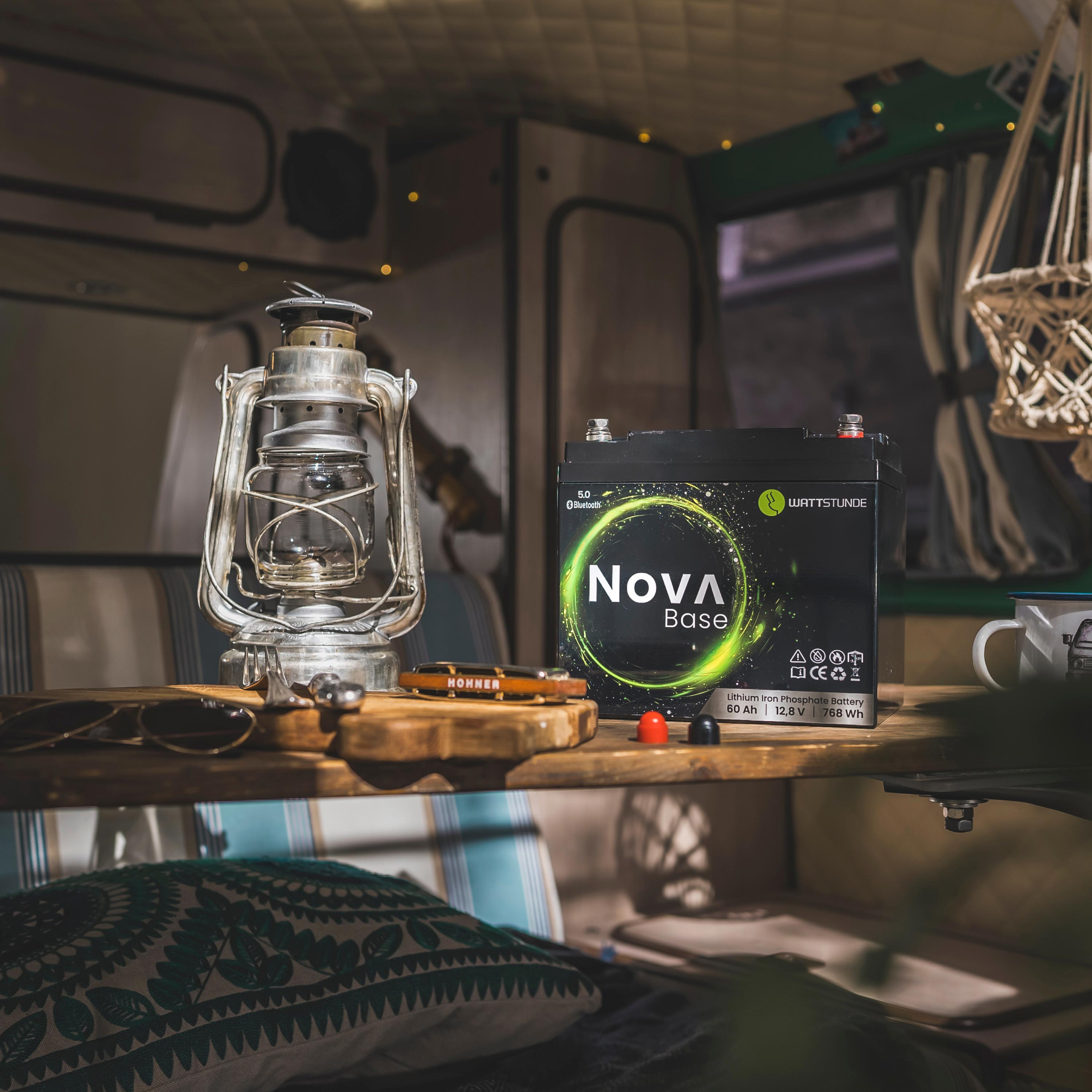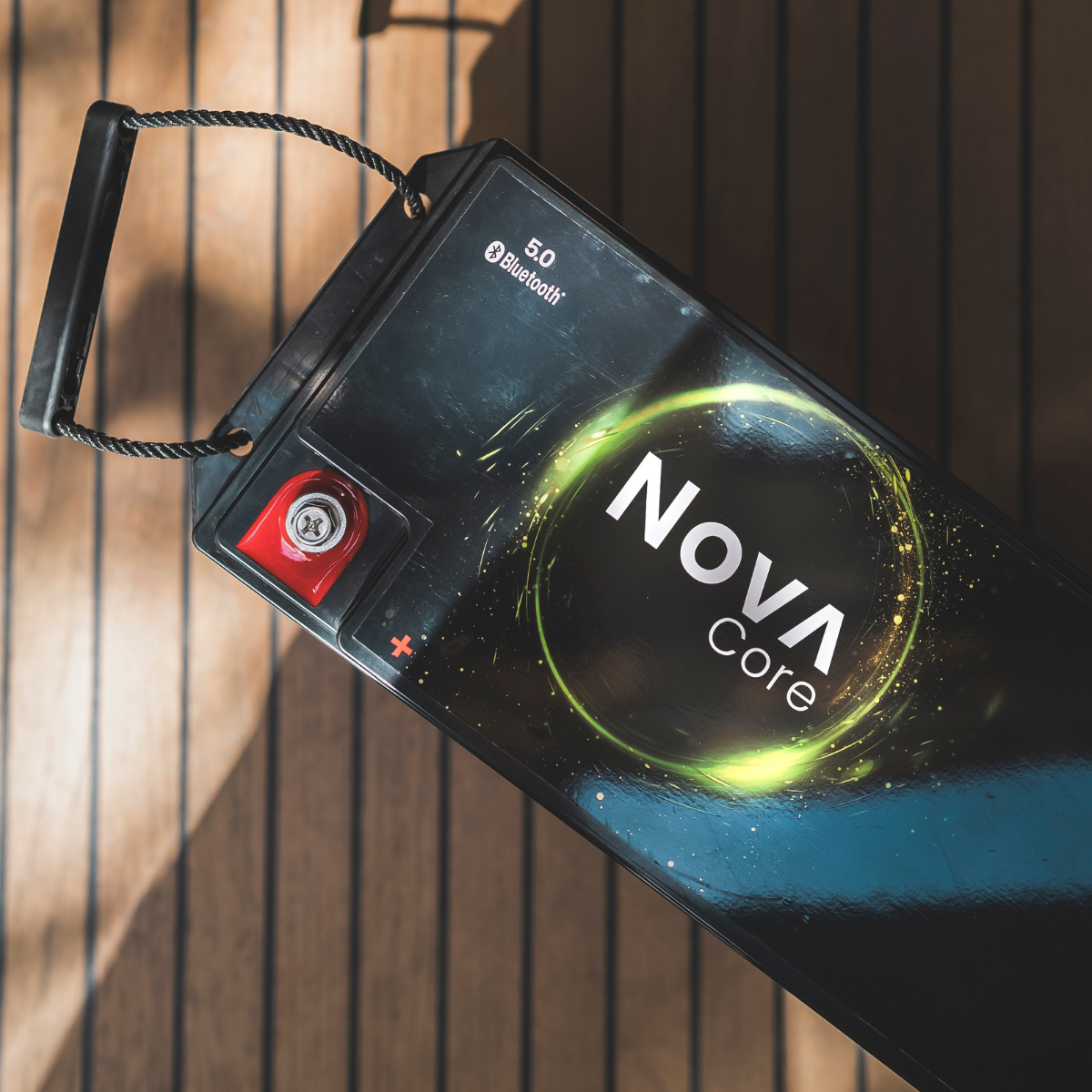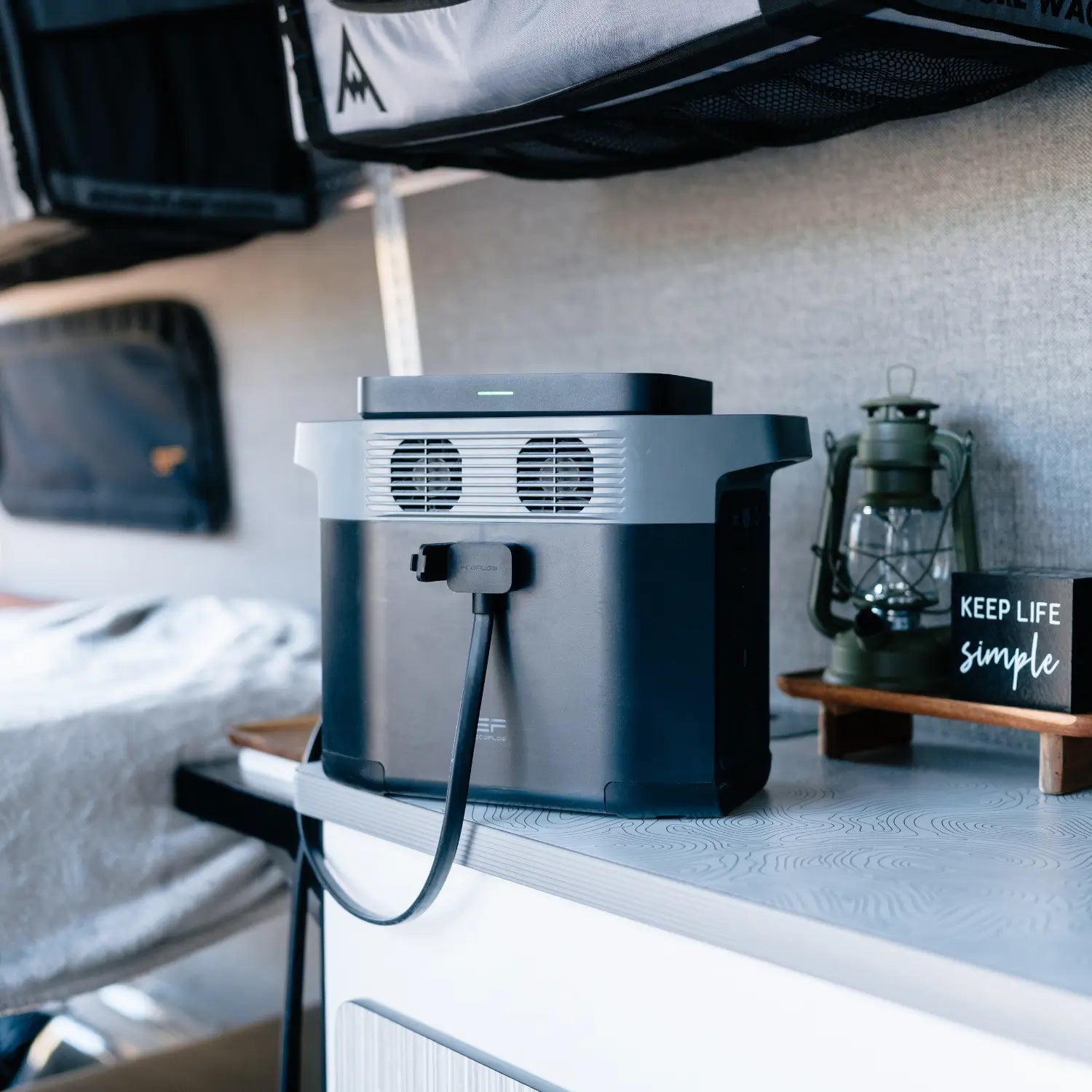Generating power on the go and reliably charging the battery – that's the icing on the cake for true independence while traveling. Solar panels alone aren't always enough, especially during extended periods of cloudy weather, in the forest, or when energy consumption is high.
In the previous installments of our blog series "Self-sufficient for the season," we've already covered the basics, battery selection, solar modules, and power conversion. In Part 5, we'll now focus on other practical charging options that complement and secure your system—for maximum self-sufficiency, no matter where you go.
Charging with alternator: charging management & charging booster
Every camper has an alternator – it supplies the vehicle with electricity while driving. The alternator therefore charges the starter battery (vehicle battery) by default while driving. Via a connection (e.g., an isolating relay or charging booster), the onboard battery (supply battery) can also be charged.
Isolation relay or charging booster?
A cut-off relay is a simple method that automatically connects the starter battery to the onboard battery when the engine is running. However, the voltage in modern vehicles is often too low or fluctuating to effectively charge the onboard battery.
The solution: A charging booster (DC-DC charger)
A charging booster is the modern, intelligent option. It detects when the engine is running, converts the alternator voltage into an optimal charging voltage, and ensures a charging curve that's appropriate for the battery. A charging booster is often mandatory, especially for lithium batteries.
Advantages at a glance:
- Efficient charging even on short distances
- Stable charging voltage despite fluctuating alternator output
- Safe and fast charging of LiFePO4 batteries
- Separation of starter and on-board battery to protect both systems
- Can be combined with solar system
Rule of thumb for sizing: The charging booster should be about one-third the power of your alternator. For example, for a 90A system, a 30A booster is recommended.
Shore power & mains power – charging at the campsite
Even if you are traveling as self-sufficiently as possible, there are situations in which an external power connection is worth its weight in gold.
With a shore power connection you can:
- Charge your battery comfortably
- Operate 230V devices directly
- Protect your system against bad weather or downtime
Important components:
- Mains charger with adjustable charging characteristics (especially for lithium)
- Clean wiring with fuses
Tip: For occasional use, a mobile charger is sufficient. Those who frequently use shore power should consider a permanently installed system with automatic switching (e.g., a combination inverter/charger).
Mobile power stations as a flexible backup solution
If you are looking for maximum flexibility or do not want to install a fixed on-board battery, mobile power stations are a practical alternative.
What they offer:
- Battery storage
- Inverter (230V output)
- Charging functions via solar, 12V or 230V mains
- Often integrated app control & monitoring
Ideal for:
- Weekend trips
- Working on the go
- Cooking or camping away from the vehicle
- Backup in case of bad weather or system failure
Tip: When choosing, pay attention to capacity, output power, and charging modes. Popular models like those from EcoFlow can be charged flexibly via the vehicle's electrical system, solar power, or mains power.
Alternator Charger – generator solution for power stations
An exciting new innovation is the Alternator Charger from EcoFlow. This solution uses the alternator to charge a power station with up to 800W while driving.
Particularly suitable for:
- Users of mobile power stations
- Vehicles without a permanently installed on-board battery
- As an additional energy source on the go
An alternator charger is quick to install, works efficiently, and significantly expands your mobile power supply.
Conclusion: How to stay flexible and self-sufficient on the go
Solar power alone will get you far – but an intelligent mix of charging booster, shore power, power station and, if necessary, alternator charger will take you to the next level.
Our recommendation:
- Charging booster: Indispensable for lithium systems and for regular driving.
- Shore power: Ideal for campsites or long downtimes.
- Power station: Practical backup or mobile solution for flexible use.
- Alternator Charger: High-speed charging for power stations via the alternator.
Depending on your destination, driving style, and comfort requirements, a clever combination is worthwhile. This way, you'll be well prepared – for rainy days, long downtimes, or spontaneous adventures.
Preview of Part 6: Security & Cabling
The next part of our blog series focuses on a topic that is often underestimated but is absolutely crucial: security and the right cabling.
We show you:
- How to size cables correctly
- Why fuses and circuit breakers are mandatory
- What you need to pay attention to in order to build your system fireproof and reliable
👉 Stay tuned – for a strong system that won’t let you down!









